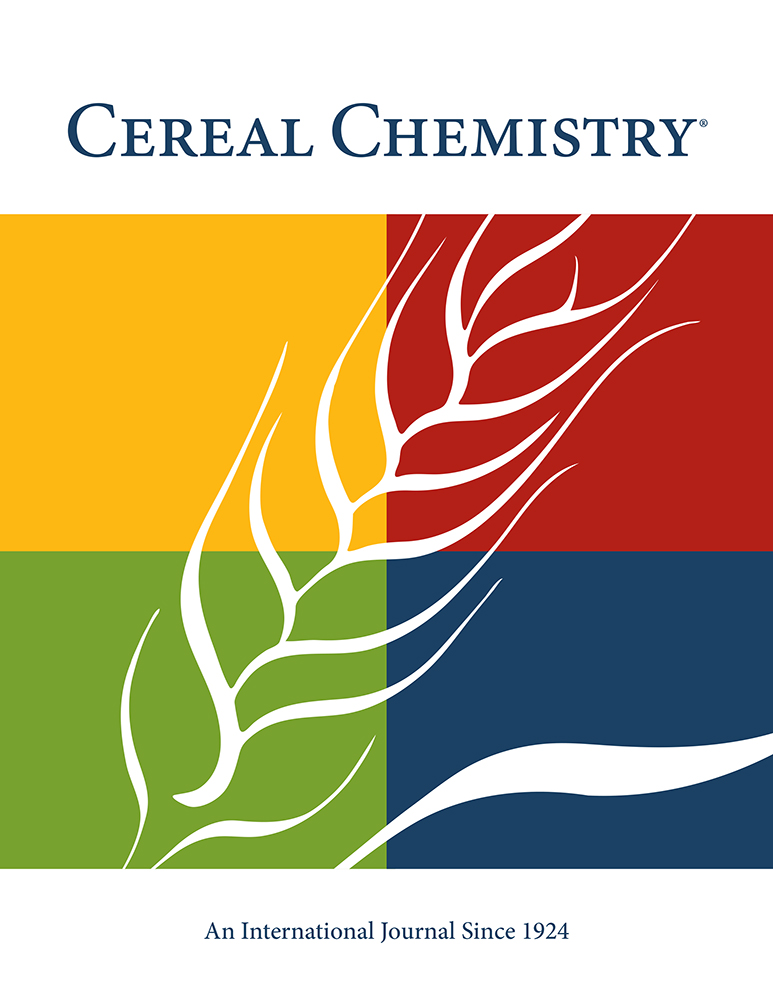Cooking, Roasting, and Fermentation of Chickpeas, Lentils, Peas, and Soybeans for Fortification of Leavened Bread
ABSTRACT
The effects of cooking, roasting, and fermentation on the composition and protein properties of grain legumes and the characteristics of dough and bread incorporated with legume flours were determined to identify an appropriate pretreatment. Oligosaccharide content of legumes was reduced by 76.2–96.9% by fermentation, 44.0–64.0% by roasting, and 28.4–70.1% by cooking. Cooking and roasting decreased protein solubility but improved in vitro protein digestibility. Mixograph absorption of wheat and legume flour blends increased from 50–52% for raw legumes to 68–76, 62–64, and 74–80% for cooked, roasted, and fermented ones, respectively. Bread dough with cooked or roasted legume flour was less sticky than that with raw or fermented legume flour. Loaf volume of bread baked from wheat and raw or roasted legume flour blends with or without gluten addition was consistently highest for chickpeas, less for peas and lentils, and lowest for soybeans. Roasted legume flour exhibited more appealing aroma and greater loaf volume of bread than cooked legume flour, and it appears to be the most appropriate preprocessing method for incorporation into bread.




